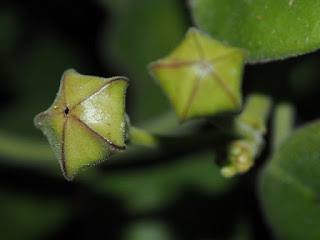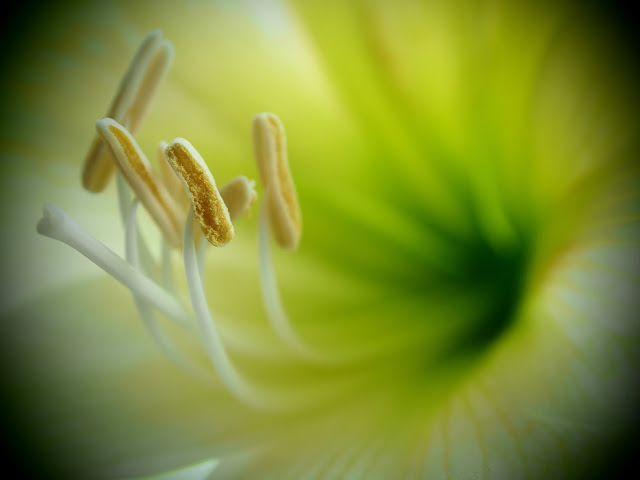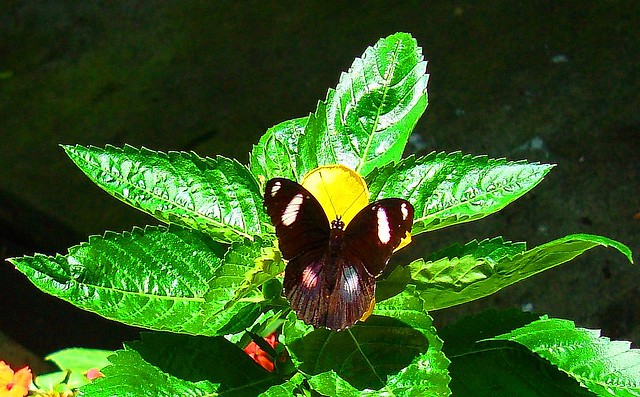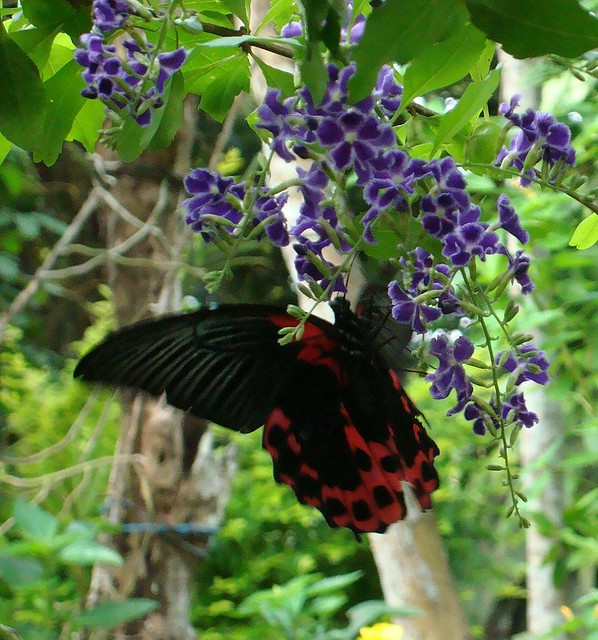Hoya madulidii is the 3rd hoya discussed here at In Focus. The first is Hoya siariae and 2nd is Hoya obscura, all endemic to the Philippines. H. madulidii is named after the botany head of our National Museum, an author of many books on plants, Dr. Domingo A. Madulid. It is formerly known as Hoya ciliata but the synonymy is not yet resolved. According to Burton, C., PS The Hoyan, Vol 9 #4, the correct name is Hoya ciliata as it was the previously published name. There is also a name called Eriostemma madulidii, but nobody is resolving the complications yet. The more commonly used name however, is Hoya madulidii.
My flowers were favorably colored black, but eventually turn lighter as the flowers age. They remain open for about 2 weeks, then wilted. Other plants i saw in the net are of different lighter color variations.
These are the already wilted flowers, which curled backwards mostly on the tips. Color lightens too. The flowers are bigger than many of the hoyas endemic here in the country. Oh i do not think it has a scent common with other hoyas.
about to open buds
Each flower at different stages of maturity grows from a common stem, unlike most hoyas that emerge to be an umbel in a common peduncle. It has a milky white sap that is very sticky and crumbles when dried.
The leaves of H madulidii are very pubescent or hirsute with the edges curling backwards. An authority told me that the curling is the obvious difference between Hoya ciliata, whole leaves remain flat. The vines continue to grow long and drooping to maturity before flowering. Maybe they droop because i continue to remove the upward twining vines, forced them to make a loop and hang.
The very young shoot and leaf of Hoya madulidii showing the lovely pubescence. It could probably endure direct sunlight because of this hairy leaf surfaces.





































